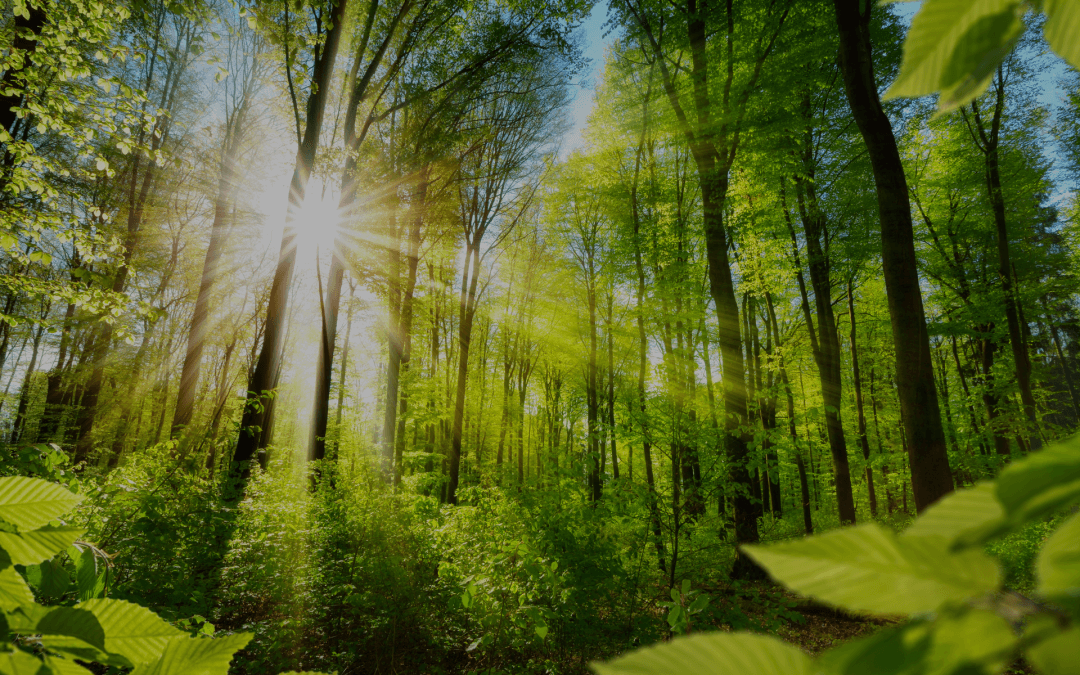The convergence of crises in the world are symptoms of a deep malaise within our collective cultures. We have become habituated to a level of dysfunction that we come to think of as normal and that ‘this is just the way the world is’. Humans are by nature selfish, destructive etc. and all we can hope for is to curb this tendency. However, anthropological evidence indicates that this is not the case – our ancestors lived relatively peaceful, happy, healthy lives in small-band hunter-gather societies for 99% of our time on earth. These cultures were marked by a spirit of community, co-operation, sharing and ‘fierce egalitarianism’.
We mistake nature for culture. A culture that does not draw forth our potential for goodness, but instead cultivates violence and alienation is a pathological culture. Ecological destruction, racism, poverty, inequality, and rising mental health problems all indicate that there is something deeply wrong with the way we are living.
Humans are malleable for better or for worse. It is the culture that determines if we develop optimally or in pathological ways. How is an innocent infant turned into a disordered individual who wreaks havoc upon the world in externalising disorders or inwardly with problems like depression and anxiety? These are developmental failures that arise because the culture has not fulfilled som the human’s basic needs in early life.
Mental illness is not an individual problem but a social and cultural one. It is comforting, perhaps, for the rest of society to see these problems as biological, ‘in the genes’, rather than face up to the fact that we do a very poor job of providing the most vulnerable – infants and children – with the environments they need to grow. The culture, generally, operates as a ‘growth-inhibiting’ environment rather than a ‘growth-promoting’ one. Biology is biography, as our social world becomes ‘embedded’ within our nervous system. To acknowledge that these problems are not just genetic would mean acknowledging that we live in both a traumatising and traumatised culture.
Is it really that bad? We have problems, sure, but aren’t we living at a time that is better than any other in human history? Well, no, actually. Our society is organised around making money rather than cultivating well-being; we are alienated from the natural world and indeed other people; we have discarded the need for spirituality; we live in a frenzy of busyness and productivity in which the values of prestige, power, competitiveness and consumerism trump kindness, community and generosity. This is a toxic environment for humans to exist in.
If it is culture that hurts, it also must be culture that heals. To alter our current trajectory, we must above all target early human life so that we can create optimal environment in which people can flourish and reach their potential throughout the lifetime. The period of the brain growth spurt during the first two years is particularly vital. Infants need a community of warm, responsive adults that provide a constant touch-rich environment. A stressed mother trying to care for a baby is an impoverished environment. It is not parent’s fault; it is the community and society that is failing to provide the support families need.
The caregiver’s role in the first two years of life is to regulate the infant, a process which them becomes internalised. This requires emotionally sensitive and intelligent adults capable of relational attunement, resonance and empathy. Unfortunately, so many adults are dysregulated or disconnected and unable to provide this loving atmosphere. Therefore, the road to a better world begins with adults healing themselves, so that they do not pass on their wounds to the next generation.
Once again, our past can point the way to our future. Most societies throughout history had healing practices as part of their everyday experience. These were communally shared activities involving touch, movement, breathwork and embodiment: Music, chanting, dance, story-telling, drama and the use of the imagination – all occurring in a relationally rich environment. Our modern healing methods like psychotherapy and meditation are probably an insufficient model to serve our purposes. These services are often commodified and inaccessible to many. We need a large-scale model that is accessible to all and is woven into the fabric of daily life, much like the rituals and ceremonies of our ancestors.
What if all of our problems – the climate crisis, poverty and inequality, addiction, mental health, violence – had a common source? What if all these problems are symptoms of the same sickness of emotional and relational impoverishment stemming, in large part, from our earliest experiences? Then the solution may be quite simple. Currently our culture is dominated by the ‘primacy of production’ which leaves little room for growing the social and emotional skills needed to live well. By relinquishing our addiction to work and the ‘having’ orientation, we can make more space to create real community and relationally rich, responsive environments in which humans are enabled to grow optimally.

